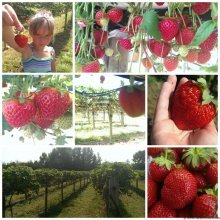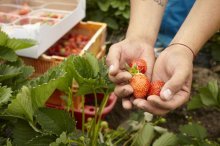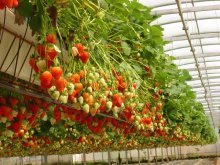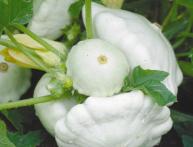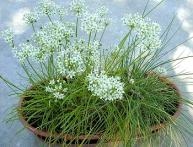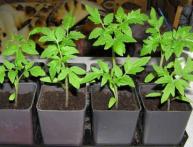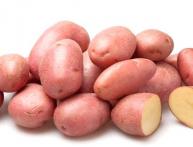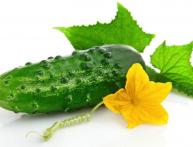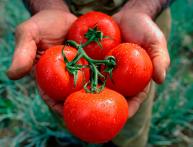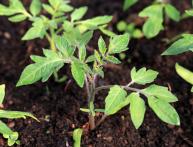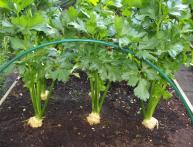Strawberry Kent
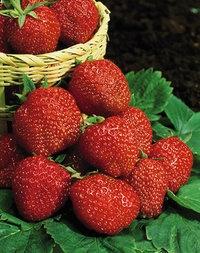
Strawberry breeding brings a lot of pleasure, because in the end you can get a very tasty and healthy berry. Strawberry Kent is a Canadian variety that was released in 1981. The fruits of this variety ripen 5-7 days earlier than the Zenga Zengana variety. This variety is also grown using the accelerated method in the ground.
Content:
- Features of choosing and preparing a site for strawberry seedlings Kent
- Planting strawberry seedlings Kent
- Caring for strawberries after planting
- Caring for strawberries after harvest
- Caring for Kent strawberries in the 2nd year of fruiting
- Pests and diseases of strawberries Kent
This variety is high-yielding and the fruiting period is quite long. The fruits are medium or large in size and have a beautiful round-conical shape, shiny skin, and are quite elastic. This strawberry variety tolerates transportation very well. The pulp of the fruit is very tasty, juicy, light red. The plants of this strawberry are very frost-resistant. The variety has been tested in cold winters with little snow and spring frosts. This strawberry variety grows well and produces an excellent harvest in the central part and central zone of Russia.
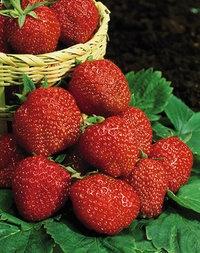
Growing Kent strawberries or any other variety of strawberries is not very difficult.
Features of choosing and preparing a site for strawberry seedlings Kent
For strawberry seedlings you can choose absolutely any soil on the site. But, of course, chernozem podzolized soils and dark gray forest soils, which have a light or medium composition, are best suited for strawberries. It is very important that the depth to groundwater is at least 60 cm.
You should not use closed or low-lying areas for strawberries. If at the depth where the strawberries grow there is a temperature of -8 degrees, this can lead to the death of the strawberries.
Before planting Kent strawberry seedlings, the selected plot of land must be cleared of rhizomes of perennial weeds. For infertile soil, it is advisable to apply organic fertilizers in advance. Rotted manure or compost will do. When planting seedlings immediately after applying fertilizer, the survival rate of strawberries decreases. To maintain loose soil, it is better to divide the area into narrow beds with paths that prevent compaction of the soil near the root. It is better to spread compost evenly on the paths and cover them with mulch. It is more convenient to use rotten cereal straw.
Planting strawberry seedlings Kent
Seedlings can be planted in early autumn or early spring, but the most acceptable planting in spring, since seedlings planted in the fall may not have time to take root and will freeze. Freshly dug seedlings with adventitious buds are transplanted into a bed with a lump of earth. The grown seedlings give good yield. They are obtained by transplanting the first established rosettes. Regular removal of the whiskers allows the formation of a large number of adventitious buds.
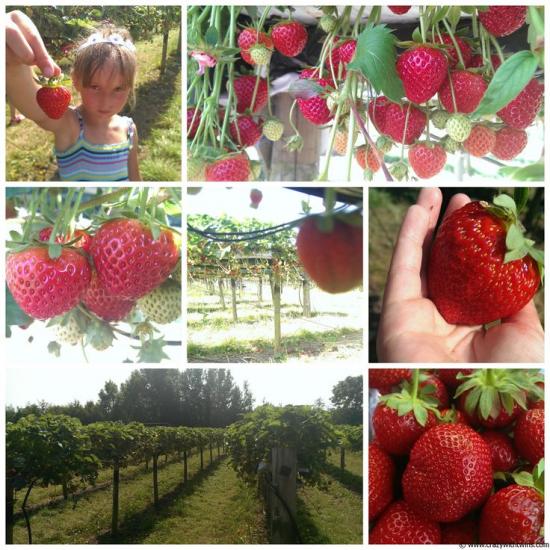
It is better to choose wet soil. It is necessary to ensure that the seedlings are in the shade during planting. Longitudinal depressions and tubercles are formed on the site for planting seedlings. When planting, the root system of the plant should be located vertically, and the root collar should be at ground level. It is better to shorten long roots to 8-10 cm. After watering the planted seedlings, the ground should be covered with dry soil or humus to avoid the formation of a crust.
Caring for strawberries after planting
Planted young seedlings should be watered regularly to increase yield.
High humidity is also unacceptable, as resistance to pathogens and low winter hardiness may decrease. It is necessary to clear the rows of weeds, the area from pests. At the beginning of the growing season and after harvesting, watering with a solution of EM extract is necessary.
Caring for strawberries after harvest
Strawberries Kent begin to bear fruit the next year after planting. The first berries have elongated growths under the stalk. It belongs to the mid-early ripening varieties.
Young rosettes of Kent strawberries give a second harvest in August - September. Once the entire crop has been harvested, it is necessary to mow the leaves. This includes removing leaves, loosening, treating diseases and pests, removing tendrils, replanting fallen plants, and preparing seedlings for new areas.

After harvesting, the leaves are cut off and buried. On each bush, 2 highly developed tendrils are left, which are connected to the mother plant. And the mustaches that grow from them are removed. It is useful to treat the ground with a solution against pests and fungal diseases after mowing. Then the row spacing and the soil between the bushes are loosened.
Caring for Kent strawberries in the 2nd year of fruiting
Before harvesting, care for plants of the second year of fruiting is the same as for strawberries of the first year.
After harvesting, the bed must be dug up. It is better to do this in several steps. A groove is made in the garden bed, all the pulled out bushes and leaves that remain from mowing are placed there. The groove is closed with earth, which is removed when digging the adjacent row.The groove occupies 1/3 of the area of the bed being dug.
Over the course of a month, this bed is gradually dug up, all the weeds, tops, and food waste are buried in it. At the end of summer, you can sow dill, radishes or lettuce here.
Pests and diseases of strawberries Kent
It must be remembered that the Colorado potato beetle harms not only potatoes, but also strawberries, so this pest must be monitored and destroyed.
To a small extent, fruits may be affected by gray mold. The plant has good immunity to leaf diseases, but they often suffer from verticillium. Strawberries Kent are resistant to powdery mildew and diseases of the root system.
Although Kent strawberries are quite unpretentious, knowledge of some growing rules will allow you to annually obtain a good and healthy harvest of strawberries containing many vitamins and useful microelements.

